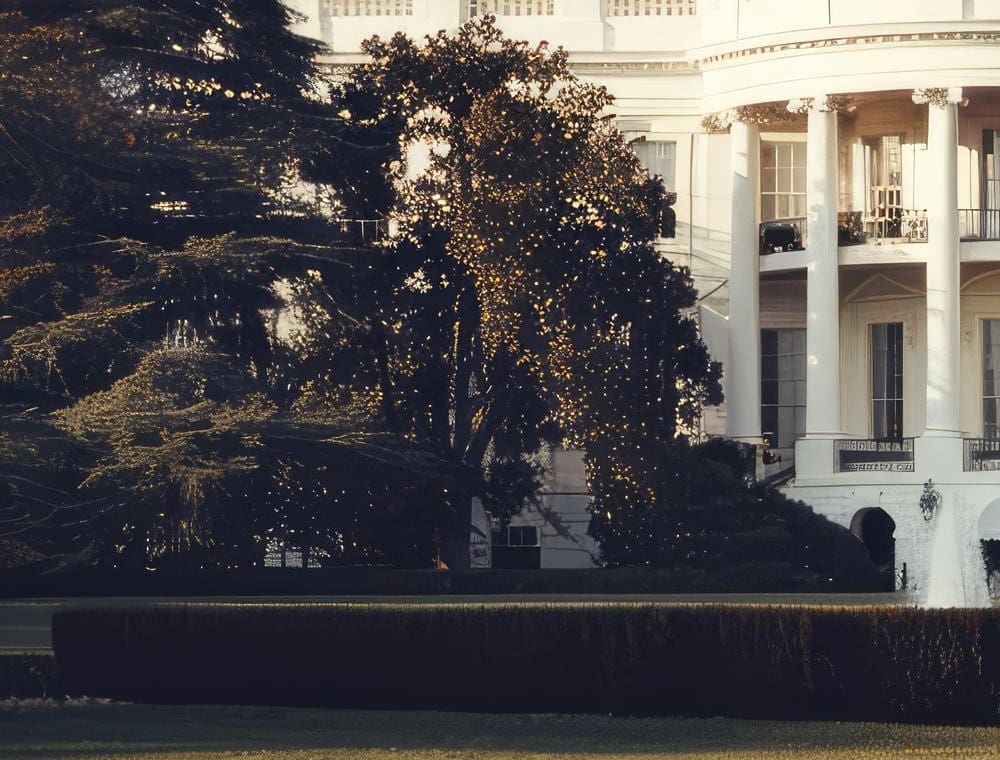President Donald Trump participated in the ceremonial planting of a young Magnolia tree on the South Grounds of the White House, replacing a nearly 200-year-old tree that had been removed for safety reasons. This historic Jackson Magnolia, which had been an iconic symbol near the South Portico, was deemed a safety hazard due to its deteriorating condition.
The decision to remove the venerable tree came following an assessment by the American Society of Consulting Arborists, which highlighted the potential risk of structural failure. According to the National Park Service, the tree’s origins trace back to seeds brought by President Andrew Jackson from his home near Nashville, Tennessee, in honor of his wife Rachel.
To maintain the historical connection, a 12-year-old sapling, directly descended from the original Jackson Magnolia, has been specially grown by the National Park Service for this purpose. This action was overseen by various entities, including the U.S. Secret Service and the White House grounds superintendent.
The legacy of the downed tree will be preserved, with samples retained for archival purposes and remaining wood potentially repurposed for other uses as envisioned by President Trump. The Jackson Magnolia, pruned during Trump’s first term, had previously suffered damage in 1994 when a plane crash occurred on the South Lawn.
In a related event in 2022, then-President Joe Biden and First Lady Jill Biden planted a Southern Magnolia sapling, also a descendant of Jackson’s original tree, further enriching the White House’s horticultural heritage.
The Tangible Impact
- The removal and replacement of such historic trees highlight the ongoing responsibility of maintaining national heritage sites while addressing safety concerns.
- Efforts to preserve and continue the legacy of historical trees reflect the importance placed on maintaining cultural and historical continuity.
- The collaboration between multiple agencies underscores the complexity and significance of decisions affecting iconic landmarks.
- The preservation of wood for future use demonstrates a commitment to sustainability and respect for historical resources.
- The symbolic planting of descendants maintains the connection to historical figures and events, enriching the cultural narrative of national sites.














